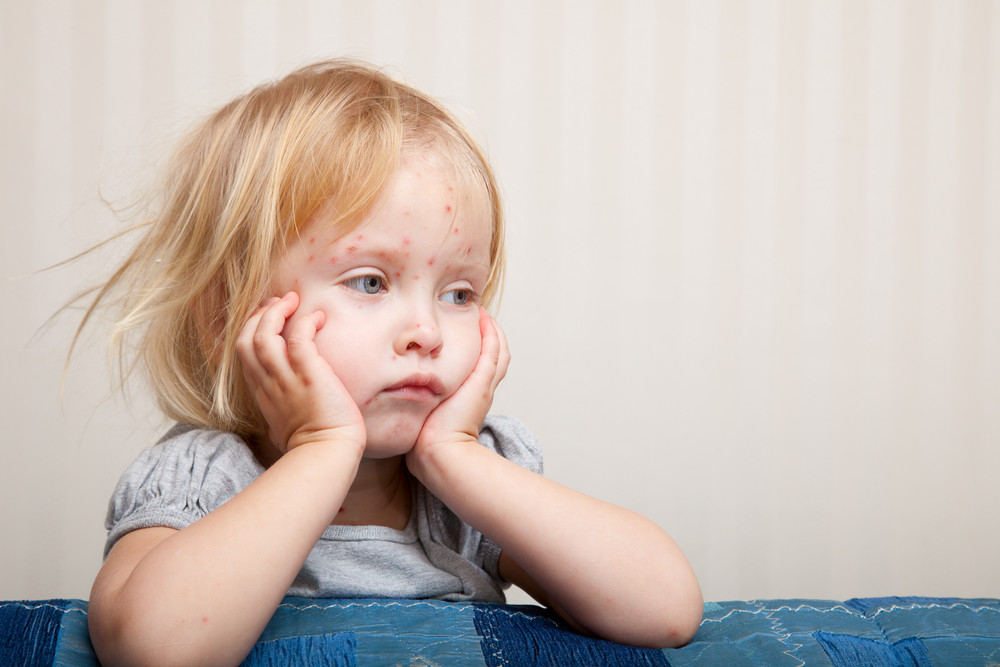Breaking
Measles cases turn attention to bounty of childhood vaccines
CHICAGO — Measles is in the news, but it’s just one of more than a dozen preventable – and sometimes forgotten – diseases targeted by vaccines for children.
Most immunizations start in infancy and some include multiple doses over several months or years. The government recommends 13 vaccines against 16 diseases, through age 18.
The guidance comes from a Centers for Disease Control and Prevention committee of public health experts who review scientific evidence. And most parents do get the shots for their kids.
The measles outbreak traced to Disneyland includes unvaccinated children and adults, many of whom didn’t the shots “due to personal belief exemptions,” according to the CDC’s Dr. Anne Schuchat.
Vaccinations can cause minor side effects including redness at the injection site and sometimes mild fever, but medical experts say serious complications are rare and much less dangerous than the diseases that vaccines prevent.
Some question the need for vaccinating against diseases that are rare or unheard of in the United States, but the CDC argues that it’s because of vaccinations that these diseases have become rare. Most U.S. cases are linked to travel overseas, where many of these mostly contagious diseases are still common.
A look at some of the diseases that vaccines can prevent:
-Measles, a viral respiratory disease, typically causes a fever, cold-like symptoms and a body rash. Young children are most vulnerable to serious complications that include pneumonia, deafness, permanent brain damage and death. The disease sickens about 20 million people worldwide each year. A vaccine was licensed in the U.S. in 1963; before that up to 4 million illnesses and 500 deaths occurred annually. Measles cases have typically numbered 100 or less in recent years, although last year there were more than 600, fueled by an outbreak in an Ohio Amish community.
-Pertussis, or whooping cough, can cause violent, uncontrollable coughing. Vaccine protection sometimes wanes and booster shots are recommended. U.S. outbreaks are common; more than 28,000 cases and 13 deaths in children were reported in 2013. Before widespread vaccination began in the 1940s, about 200,000 children were sickened each year and 9,000 died.
-Mumps, best known for causing swollen salivary glands, is a usually mild illness that may include fever and muscle aches. Complications, including deafness and meningitis, are more common in teens and adults. Before U.S. vaccination began in 1967, nearly 200,000 annual cases occurred nationwide; last year about 1,100 cases were reported – the most in two decades.
-Rubella, or German measles, can cause a rash and fever but is most dangerous if caught during pregnancy – raising risks for birth defects. U.S. vaccination began in 1969 and rubella has been mostly wiped out. An epidemic in the early 1960s caused more than 12 million U.S. cases, thousands of miscarriages and more than 2,000 infant deaths.
-Diphtheria, a bacterial disease, can result in neck-swelling and thickening in the throat that can cause breathing problems. Diphtheria was a common cause of death and illness in U.S. children before vaccination began about 80 years ago. There have been only a few cases in the past decade.
-Polio, a potentially life-threatening disease, can cause flu-like symptoms and permanent paralysis. It has been mostly eliminated worldwide. A vaccine first became available in the U.S. in 1955; before that the disease paralyzed more than 15,000 people each year in the country.
-Tetanus, or lockjaw, is a potentially deadly disease that can cause tightening of the neck and jaw muscles that makes swallowing difficult. A vaccine was introduced in the 1930s. U.S. cases are rare; just 9 people were sickened in 2011.
-Hepatitis B, a liver-attacking virus, can lead to liver failure or death. Almost 3,000 cases were reported in 2012. Vaccination recommendations were first issued in 1982.
-Varicella, or chickenpox, sickened an annual average of 4 million people nationwide and caused at least 100 deaths each year before a vaccine was introduced in 1995. Cases have declined but outbreaks still occur; about 12,000 were sickened nationwide in 2012. Symptoms include an itchy blister-like rash; complications can include dehydration and pneumonia.
-Human papillomavirus, or HPV, is the most common sexually transmitted infection nationwide. Some types of HPV virus can cause cervical cancer, anal cancer and oral cancer. A vaccine was licensed in 2006 for girls and women aged 9 to 26, and in 2009 for boys in that age range.






















